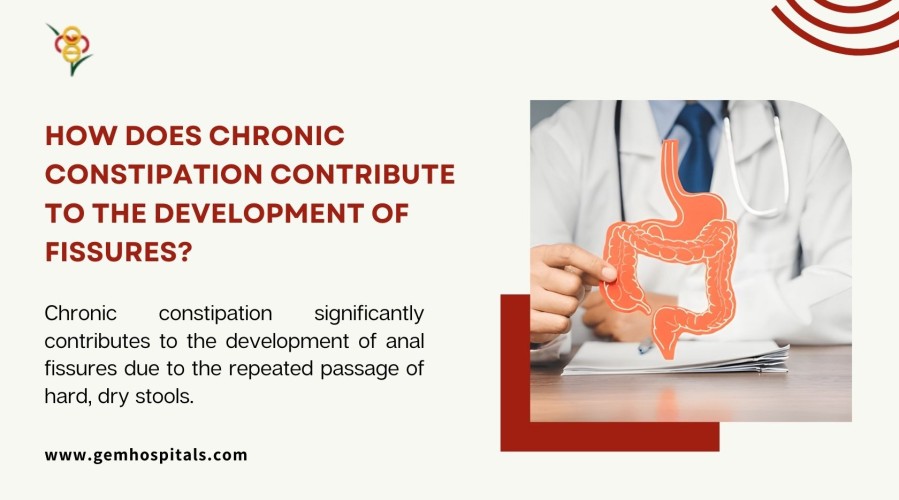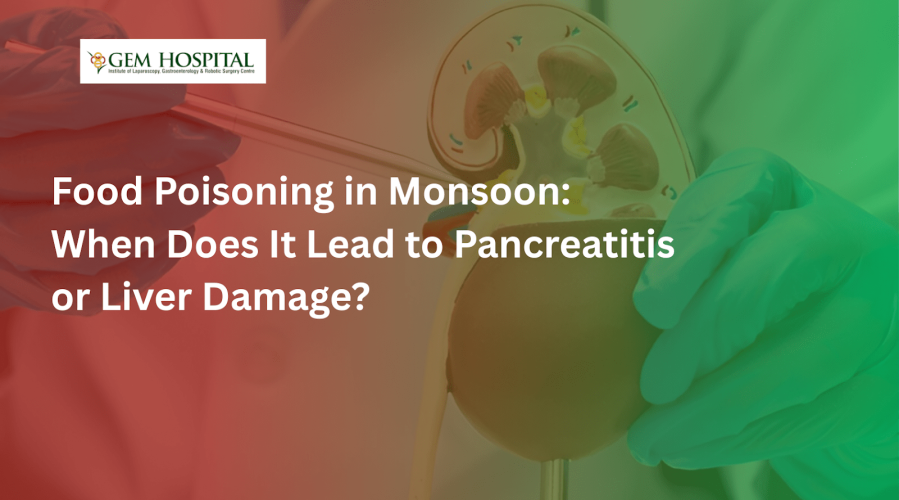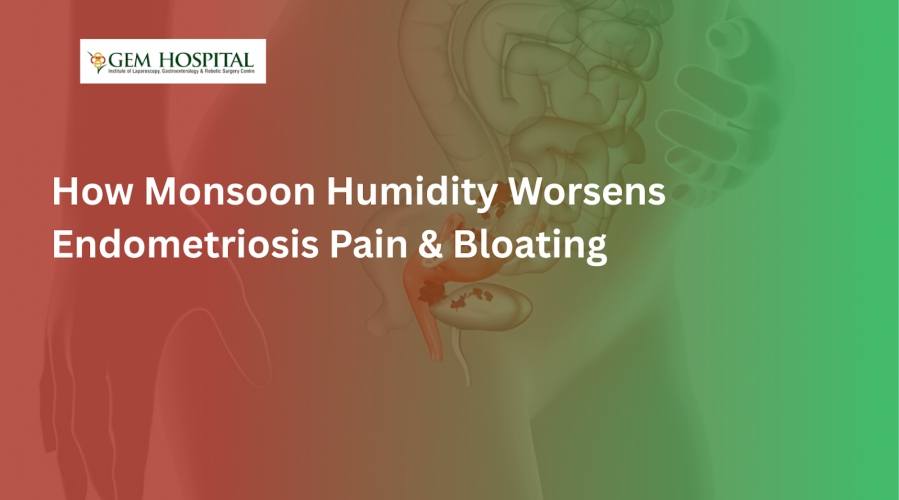Food poisoning is common during the monsoon. Learn when it becomes serious, how it can lead to pancreatitis or liver damage, warning signs, and when to seek medical care.
How does chronic constipation contribute to the development of fissures?

Constipation is one of the health issues the majority of people are experiencing these days. The reason can be anything but it has to be addressed immediately or else it may lead to unexpected health complications, especially chronic constipation, a common gastrointestinal issue that affects the quality of life of an individual. Among the constipation-associated complications, anal fissures development is also included it may be well known but it is a painful outcome. An anal fissure is a small tear or crack in the lining layer of the anus, it may be due to trauma, often linked to the passing of hard stools. Chronic constipation generally happens by infrequent or difficult bowel movements. This has a major contribution towards the development and recurrence of fissures, to know how they contribute towards the development of fissures continue reading the below content.
Understanding chronic constipation
Chronic constipation is a condition in which individuals experience fewer than three bowel movements per week, hard stools, or a persistent feeling of incomplete evacuation. It can be caused by several factors, including a lack of dietary fiber, dehydration, a sedentary lifestyle, or underlying medical conditions like irritable bowel syndrome (IBS) or hypothyroidism. Constipation is often associated with the need to strain excessively during bowel movements, which can have several harmful effects on the anorectal region.
What are anal fissures?
An anal fissure is a small tear or ulceration in the lining of the anal canal. These fissures can cause severe pain, especially during and after bowel movements, as well as bleeding and itching. Most fissures occur in the posterior midline of the anus, where blood flow is lower, making it harder for the tissue to heal after injury. There are two types of anal fissures acute and chronic fissures. Chronic fissures are particularly problematic because they can lead to a cycle of pain, further constipation, and recurrent fissures.
How does chronic constipation lead to fissures?
Several mechanisms explain how chronic constipation contributes to the development of anal fissures. These include the passing of hard stools, increased straining during bowel movements, reduced blood flow to the anal canal, and muscle spasms.
One of the primary ways chronic constipation leads to fissures is through the passage of large, hard stools. When stool remains in the colon for extended periods, more water is absorbed, making the stool harder and more difficult to pass. As hard stool passes through the anal canal, it can stretch and tear the delicate lining, resulting in a fissure. The sharp edges of hard stool can cause mechanical trauma to the anal mucosa, particularly in the posterior region where the tissue is more vulnerable. This tearing of the lining creates a fissure, which can cause intense pain due to the rich nerve supply in the anal area.
Straining during bowel movements is another key factor that links chronic constipation to fissure development. When constipated individuals strain excessively to pass stool, they increase the pressure on the anal sphincter. This pressure can stretch the anal canal, making it more likely for the lining to tear. Repeated straining also weakens the tissue, increasing the risk of recurrent fissures.
In response to the trauma caused by passing hard stools, the internal anal sphincter muscle may go into spasm. These spasms tighten the muscle around the fissure, causing more pain and further restricting blood flow to the area. This creates a vicious cycle where the pain from the fissure leads to more muscle tightness, which in turn worsens the fissure and delays healing.
Chronic constipation and the recurrence of fissures
Once a fissure has formed, chronic constipation increases the likelihood of recurrence. If the underlying issue of constipation is not addressed, the same factors that led to the initial fissure hard stools, straining, and reduced blood flow will continue to affect the area. Chronic constipation prevents the fissure from healing properly, and each new bowel movement has the potential to re-tear the healing tissue.
For individuals with chronic constipation, managing the condition is essential to breaking the cycle of recurrent fissures. Without proper treatment, the fissure may become chronic, requiring more invasive procedures such as Botox injections, surgery, or sphincterotomy.
Chronic constipation has a greater contribution towards the development and persistence of anal fissures. To avoid this it is better to consult a healthcare provider while you are experiencing constipation.
Blogs & Article
UTI cases often rise during the rainy season. Learn why urology patients need extra precautions, common causes, symptoms, and prevention tips to stay healthy during monsoon.
Monsoon humidity can worsen endometriosis pain and bloating. Learn how weather changes affect symptoms and discover practical tips to manage discomfort during the rainy season.


